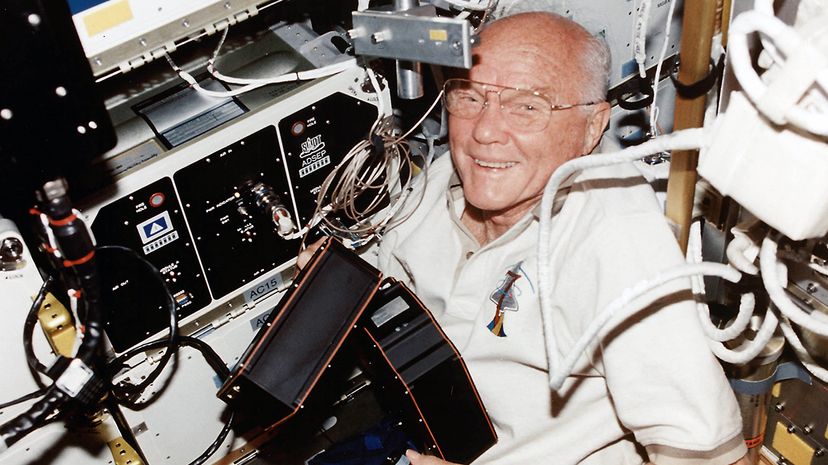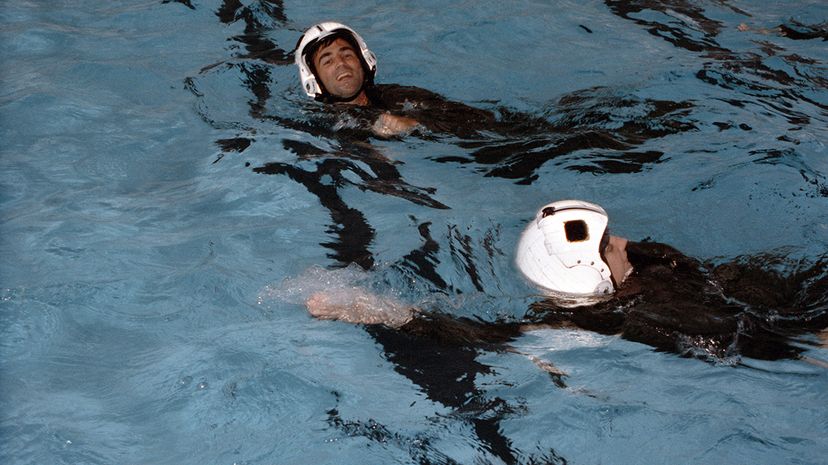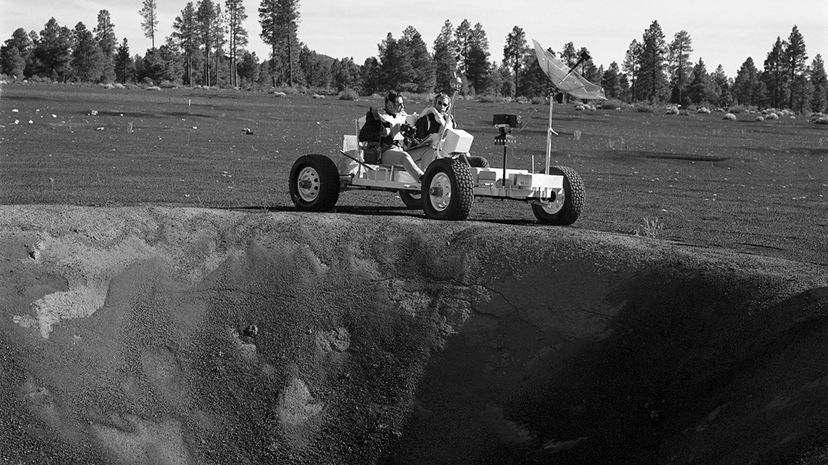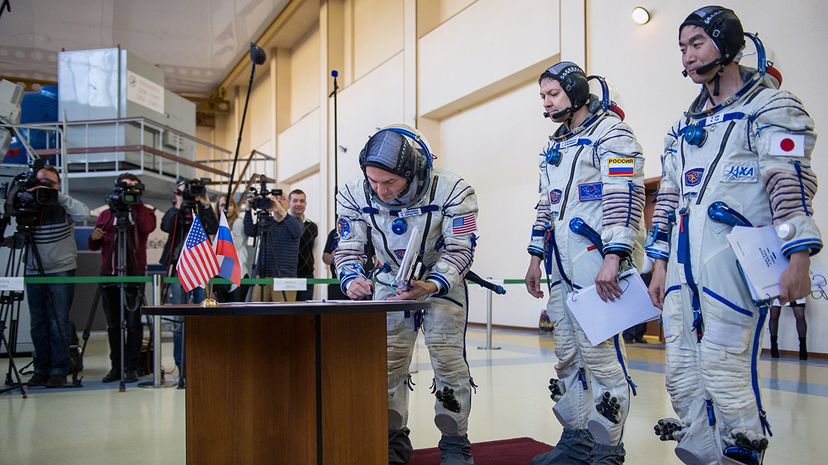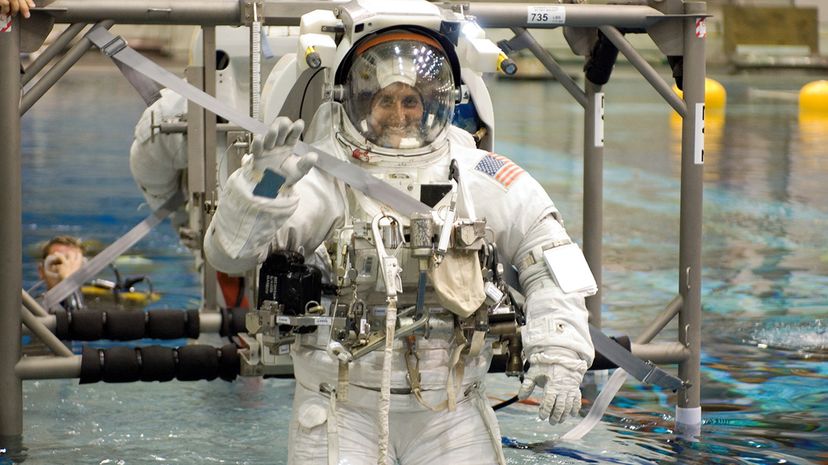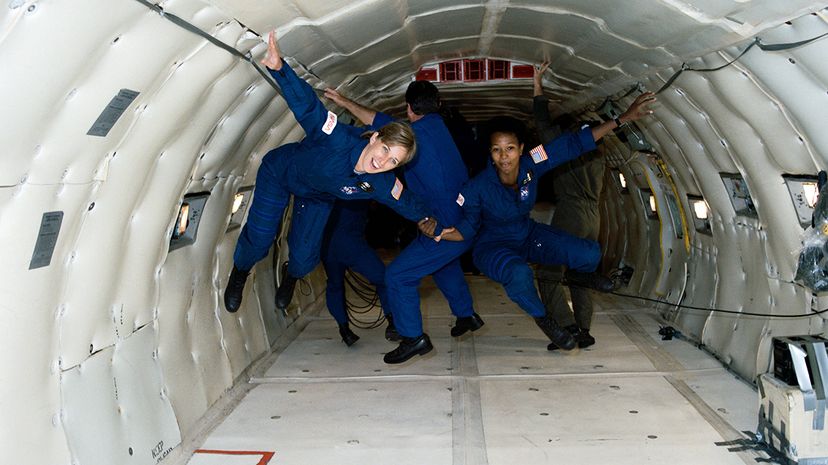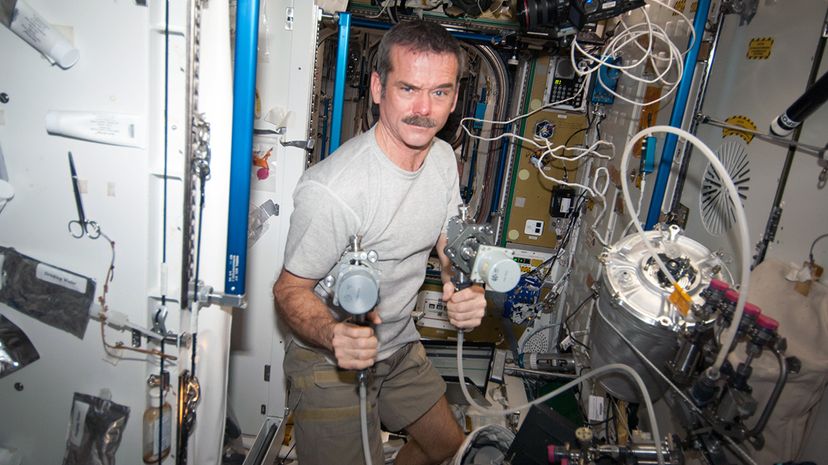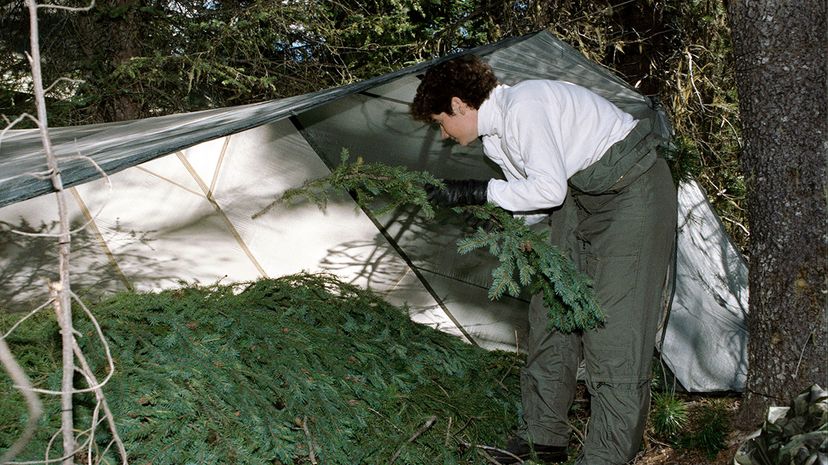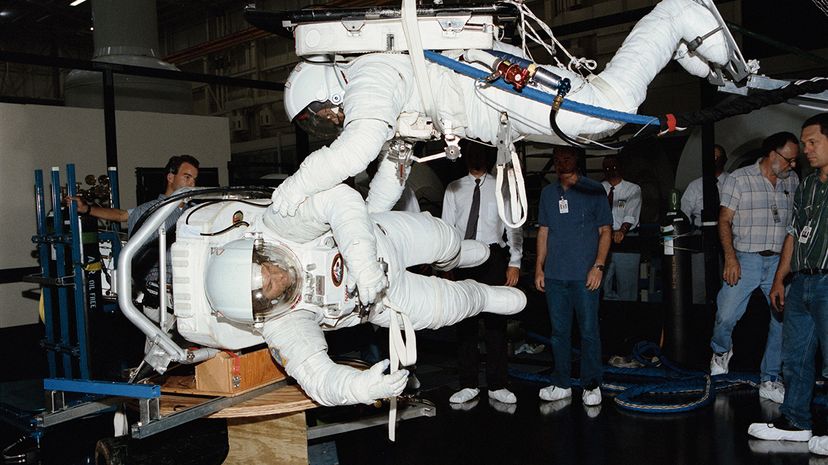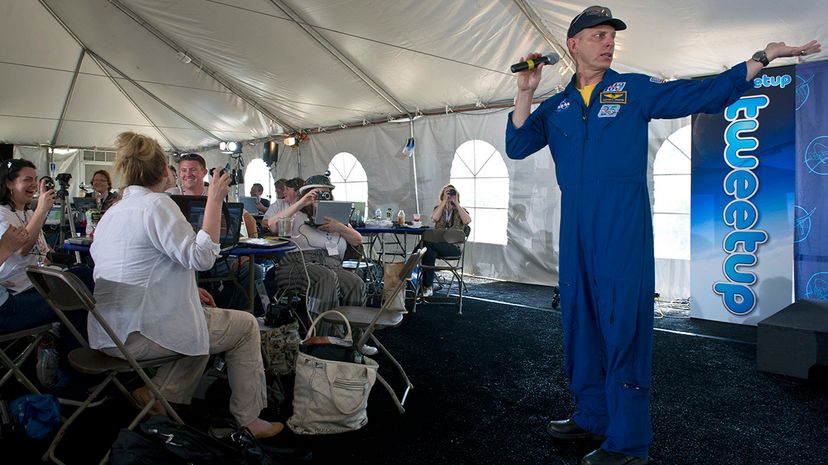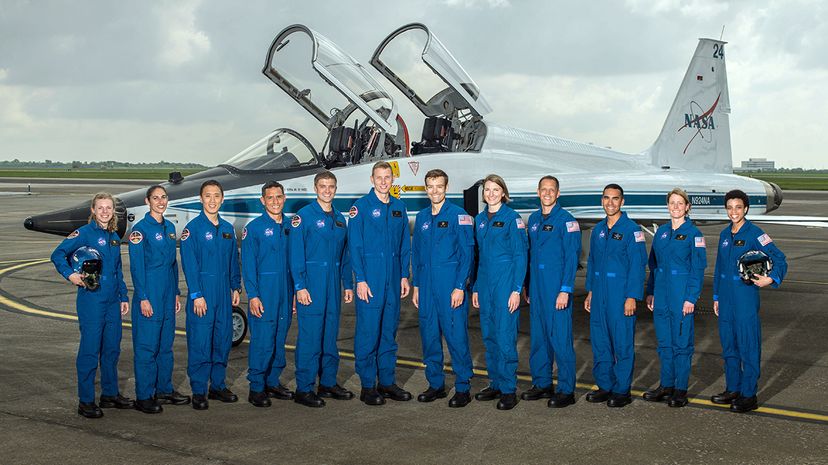
"The fact that I applied 15 times to become an astronaut has not been lost on my friends, followers or fans," astronaut Clay Anderson wrote in his autobiography "Ordinary Spaceman." For him, the 16th time proved to be the charm. Anderson was finally selected to join NASA's astronaut training program in 1998. The Nebraska native had wanted to be a space traveler since he was 5 years old [source: Anderson].
Many people feel the irresistible allure of the cosmos. And just like Anderson, countless have yearned to become astronauts at some point in our lives. And yet so few people make the cut. Only around 550 human beings have ever traveled to outer space [source: Brown].
Advertisement
That's a small figure. For the sake of comparison, the average American high school has a student body of 752 pupils [source: National Center for Educational Statistics].
To live the dream and join the ranks of the space travelers, astronauts need to overcome enormous obstacles. Aspiring space travelers swim laps in heavy flight gear, withstand nauseating test flights and square off against the weirdest toilets yet devised. Ah, but for those who make it through the training process, the rewards can be fantastic.
So, if you feel like throwing your hat in the ring the next time NASA puts out a want ad for new astronauts, here are a couple of things you might like to know. (And some fun trivia for good measure.)
